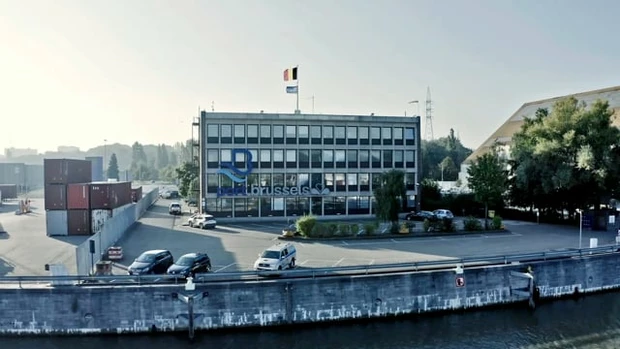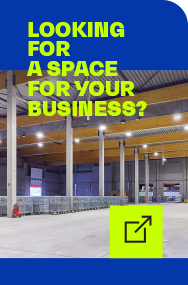Visages du port
I beg your pardon?
Tous les Wablief?!Being a Port star isn’t always easy …
Who says urban logistics can’t be fun?
How do boats turn on the canal? 🧐
14 km from north
to south
Image
The Port of Brussels,
a closer look
0
6.10
million tons — global traffic 2023
0
14.00
km of canal
0
2.00
locks
0
23.00
bridges
0
13000.00
photovoltaic panels
0
-2000.00
lorries in Brussels daily
0
-88436.84
tons of CO2/year
0
300.00
companies
0
9000.00
(direct and indirect) jobs



